08 May The PR Lingo
What is a typical day in the life of a PR? As a recent graduate entering the PR realm, I was amazed (and a little overwhelmed) by just how much PRs do. It felt as though my colleagues were creative geniuses, experts in time management, great writers, social media know-it-all’s and the list could go on and on. Put simply, they were inspiring. In the midst of getting to grips with the dynamics of PR, I would hear interesting words such as ‘famil’ and ‘seeding’ being used. Although a little strange at first, it didn’t take me long to realise that PRs have a special glossary of terms. Here are just some the most common terms used by PRs:
PROP: a proposal. A document presented to potential clients, which outlines how the PR agency intends to position the client’s brand, product or service, the recommended activities that may be pursued, the media that PR agency will target and, of course, the target market.
Pitching: this word has dual meaning. It could refer to a ‘client pitch’ whereby you are presenting a proposal to a new client i.e. you may be competing against other PR agencies in an attempt to persuade the potential client that your agency is the best fit. A pitch could also refer to a precise angle taken to communicate something of interest, concerning a product or service, to specific media contacts in an attempt to gain editorial or promotional coverage.
Follow-ups: following up the pitch or ‘touching base’. You can think of this as a second attempt to appeal to your target/s, whether this is media contacts or potential clients. For example, PRs may be seeking an answer from those journalists, editors, bloggers or features writers that haven’t responded to their pitch or invitation. Even if the response isn’t a positive one, any answer it better than no answer.
Seeding: one of the most effective ways to garner mass media exposure is to place your product or service into the hands of ‘influencers.’ By this I mean individuals who possess the power to persuade. This may include celebrities, medical experts, bloggers, etc. Seeding strives to integrate your product or service into the influencers’ lives.
Famil/FAM: a familiarisation trip offered to media whereby they are hosted by an organisation and in return the media provide a first-person editorial account of the experience – such as a review of an airline or cruise or a feature on a travel property or destination.
Activation: Activation is centred on driving consumer interest through allowing them to experience the product or trial the service. This could be staged as a small or large event for consumers, an interactive exhibition or digital campaign.
Send-outs: sending products to media contacts for trial purposes so that they can report their experience.
Short leads: refers to publications that are published frequently i.e. daily, weekly or fortnightly. A classic example of this is online sites.
Long leads: publications that are published less frequently i.e. monthly, bi-monthly or quarterly. For example, fashion magazines such as Haper’s BAZAAR and Vogue.
Black out period: a timeframe in which PRs are required to refrain from seeking any form of promotion and editorial coverage.
If you’re looking to enter the PR field, or if you’re fairly new to PR, the best advice I could provide is to always be observant of the manner in which those around you work, this will assist you in developing your own skills. Before you know it, you too will be using the ‘PR lingo’ and, in time, you might event learn how to master the PR game.
